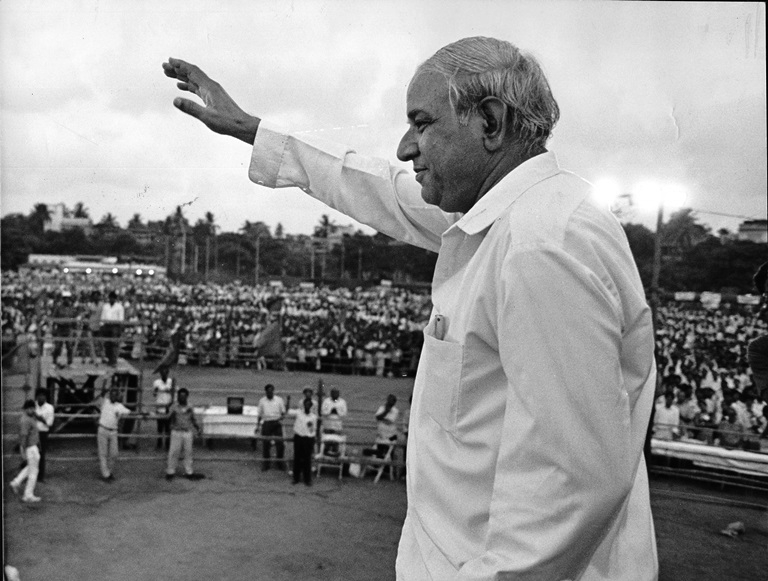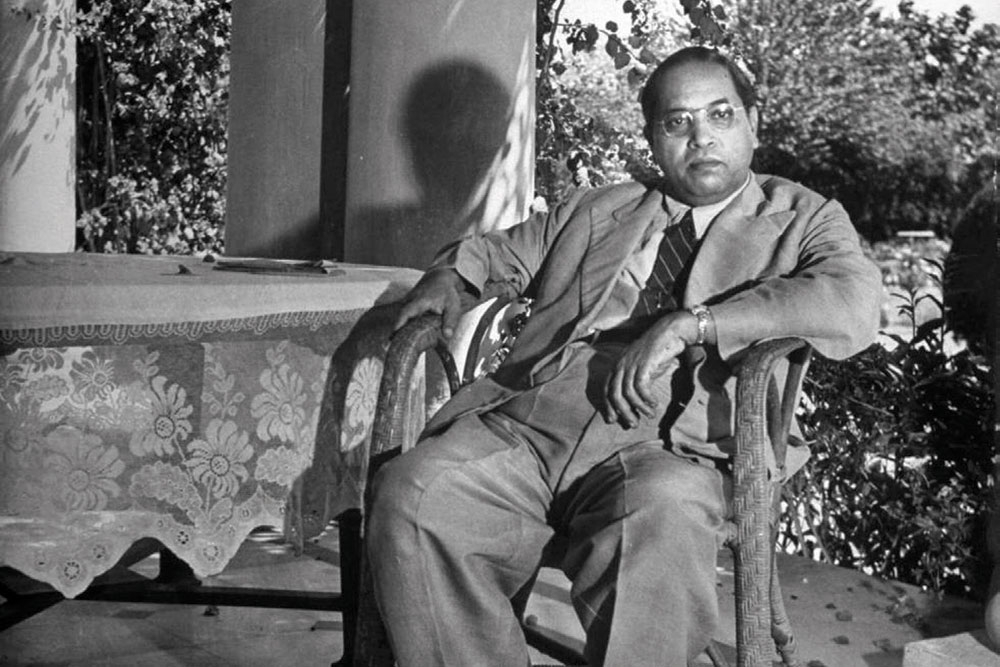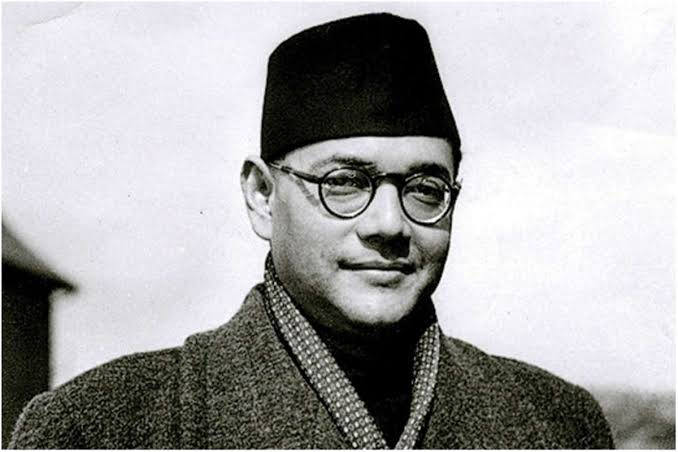Once upon a time, in a world hidden beyond the limits of our understanding, there existed a group of mysterious beings known only as W.H.O.—The Watchers of Human Origins. These ancient entities, shrouded in secrecy, were neither gods nor men, but something in between, protectors of knowledge and keepers of time itself. Their purpose was unknown to humankind, and their influence went unnoticed by the eyes of history.
The Beginning of Time
Long before the Earth cooled and life began to flourish, the W.H.O. had already taken their place within the fabric of existence. These beings did not age, nor did they interact with the physical world as mortals do. Instead, they existed within the unseen folds of reality, observing, recording, and ensuring that the delicate balance of the universe was maintained.
They were ageless, formless, and had been present at every pivotal moment in the history of existence. When the first star flickered into being, the W.H.O. watched. When the first life began to stir in the primordial oceans of Earth, they took note. Their task was not to intervene but to understand, to witness the unfurling of creation and to ensure that time flowed as it should.
The Purpose
For eons, the Watchers of Human Origins had remained passive observers. They were bound by a law older than the universe itself: non-interference. Their role was to witness the rise and fall of civilizations, to observe the choices and consequences of living beings without ever altering the course of events.
However, within their ranks, there were those who questioned this purpose. One such watcher, known by the ancient name Tarsis, began to grow restless. He had watched humanity evolve from primitive beings into a species capable of both astonishing creation and devastating destruction. He saw their potential, their ability to shape the world around them in ways no other creature had. Yet he also saw their growing capacity for war, greed, and suffering. Tarsis believed that it was the duty of the W.H.O. to guide them, to help them avoid the same mistakes that had led to the downfall of other worlds.
The Rebellion
Tarsis, driven by his desire to aid humanity, began to break the ancient laws of the W.H.O. In secret, he started to influence key moments in human history. He whispered ideas into the minds of philosophers and scientists, helping them discover knowledge that would push humanity forward. He altered the outcomes of wars, ensuring that certain leaders rose to power while others were cast aside.
At first, his actions were subtle, and the other Watchers did not notice. But as time went on, his interventions became more pronounced. The W.H.O. Council, a collective of the most ancient and powerful of the Watchers, eventually became aware of Tarsis’ actions. They were not pleased. To them, his interference was a violation of their sacred duty, a betrayal of the very purpose of their existence.
The Council confronted Tarsis, and a great debate ensued. Tarsis argued that the W.H.O. had a responsibility to do more than just watch—that they should guide humanity toward a better future. The Council, however, remained resolute. They believed that interference would only lead to greater chaos and imbalance, that the natural order of things must not be disrupted.
Unable to reach an agreement, Tarsis was cast out from the ranks of the W.H.O. He became a rogue, wandering the universe, no longer bound by the laws of the Watchers. But even in exile, he could not let go of his belief that humanity needed guidance. He continued to watch over them, but now from the shadows, subtly influencing events in the hopes of steering them toward a brighter future.
The Age of Influence
Centuries passed, and humanity grew in power and knowledge. Great civilizations rose and fell—Egypt, Greece, Rome—all under the watchful eye of both the W.H.O. and Tarsis. While the Watchers remained true to their vow of non-interference, Tarsis’ hand could be felt in many of the most significant moments in human history. The Renaissance, the Enlightenment, the Industrial Revolution—each of these periods of rapid advancement was, in some way, influenced by Tarsis.
But his influence was not without consequence. With each intervention, the threads of time became more tangled. The balance that the W.H.O. had so carefully maintained began to fray. Unintended consequences rippled through the fabric of reality, causing events to unfold in ways that even Tarsis could not predict.
The Council, seeing the damage that had been done, realized that they could no longer simply stand by. If the universe was to be saved from unraveling, they would need to confront Tarsis once more—this time, not with words, but with action.
The Final Confrontation
In the twilight of the 21st century, as humanity stood on the brink of a new era—one marked by incredible technological advancements and the potential for either great prosperity or catastrophic destruction—the W.H.O. prepared for their final confrontation with Tarsis.
The rogue Watcher had become more powerful than ever, having gained the ability to manipulate time itself. He believed that he could reshape the timeline, erasing humanity’s darkest moments and creating a utopia free from suffering and conflict. But the W.H.O. knew that such an act would come at a terrible cost. To change the past so drastically would destroy the very fabric of reality, unraveling everything that had ever existed.
The Watchers gathered at the edge of time, in a place where the past, present, and future converged. It was here that they would make their final stand against Tarsis. The battle that followed was unlike anything the universe had ever seen. It was a clash not of armies, but of wills, with the very essence of time and space hanging in the balance.
For what seemed like an eternity, the outcome remained uncertain. But in the end, Tarsis was defeated—not through force, but through understanding. The Council revealed to him a truth that even he had not known: that the future he sought to create was already doomed. By interfering with the timeline, he had set in motion a series of events that would lead to the destruction of everything he had hoped to save.
Heartbroken and defeated, Tarsis willingly allowed himself to be bound by the W.H.O. once more. But the damage had already been done. The timeline had been irreparably altered, and the universe was now on a path that even the Watchers could not fully predict.
The Legacy
Though Tarsis was defeated, his influence on humanity would never be forgotten. His actions had shaped the course of human history in ways that could not be undone. But the W.H.O., ever watchful, remained at their post, continuing to observe the unfolding of time.
They knew that the future was uncertain, that the balance of the universe was more fragile than ever before. But they also knew that humanity, despite its flaws, had the potential to rise above its limitations. And so, the Watchers of Human Origins continued their vigil, waiting and watching for the day when humanity would finally take control of its own destiny.
In the end, the story of W.H.O. was not just a tale of ancient beings and cosmic battles. It was a story about the power of choice, the consequences of interference, and the eternal struggle between fate and free will. And as long as time itself endured, the Watchers would remain, silent witnesses to the grand tapestry of existence.































